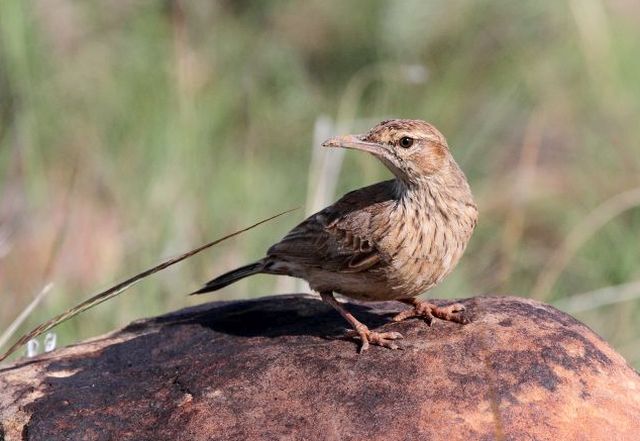Order: Passeriformes. Family: Motacillidae
Description
20 cm. Boldly pied plumage diagnostic. Predominantly white, it has black upperparts and a broad black band across its breast; eyes are brown, legs and feet black. The long tail is continually bobbed up and down.
Adult male breeding: Upper parts black, rump washed grey; lateral tail coverts tipped white. Face black, with broad white supercilium and small white patch on each side of neck. Tail black, with outer 2 rectrices white. Throat and malar region white, contrasting with black gorget across upper breast (broadest in centre); remainder of underparts white, flanks washed grey. Bill black. Eyes dark brown; narrow white crescent below eye. Legs and feet black. Folded wing predominantly white.
The males and females have similarly coloured plumage. The female has a sootier breast band than the male.
Juvenile: Paler grey-brown version of adult, with whiter wings than both juvenile Cape Wagtail and adult Mountain Wagtail.
Distribution
Across much of sub-Saharan Africa, from Senegal to Sudan south to southern Africa. Here it is fairly common in Zimbabwe, Mozambique, eastern and north-western South Africa and northern Namibia, while more scarce in Botswana and the interior of South Africa.
Habitat
It generally prefers wide rivers and other water bodies with sandy banks or scattered boulders, but it may also occupy rocky coastlines. It is also common parks, playing fields, golf courses, suburban gardens and sewage works.
Diet
It mainly eats insects, especially flies but also other invertebrates, grass seeds, tadpoles, small fish and scraps of human food.
Breeding
Monogamous, territorial solitary nester, chasing intruders out of its territory. Breeding pairs rear multiple broods in each breeding season, usually up to three per season in Southern Africa. The nest is built by both sexes, consisting of a deep cup of dry grass, weeds, roots, stems, leaves, downy seeds, flood debris, string and other coarse materials; the interior is lined with rootlets, fine grass, hair and feathers. It is typically placed close to water on the ground or in vegetation, such as reeds, grass and flood debris. Man-made sites are commonly used as well, especially outbuildings, holes in walls, building ledges, bridges, roofs and boats, continuing to care for its brood even if the ship goes out to sea for 9 hours a day. Egg-laying season is almost year-round, peaking twice from August-November as well as from February-April. It lays 2-5 eggs, which are usually incubated by both sexes for about 12-15 days. The chicks are fed by both sexes on a diet of insects, leaving the nest after about 15-18 days. They remain dependent on their parents for food for about two more weeks, about 3-6 days later they are chased out of the territory so that the adults can rear another brood.
Parasitised by Red-chested and Diderick cuckoos.
Call
Loud tuneful whistles chee-cheroo. Listen to Bird Call.
Status
Common resident, sedentary, with local movements recorded in winter months.
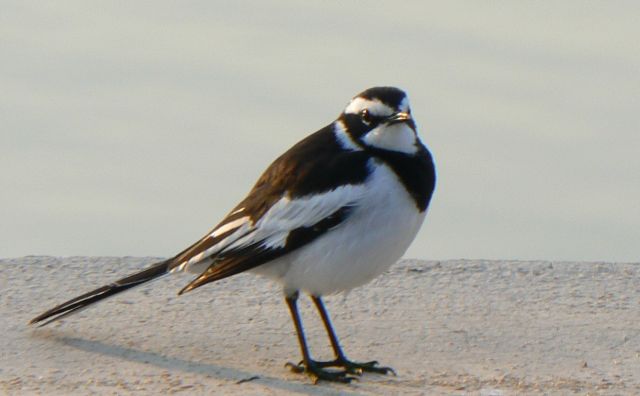
Kruger National Park



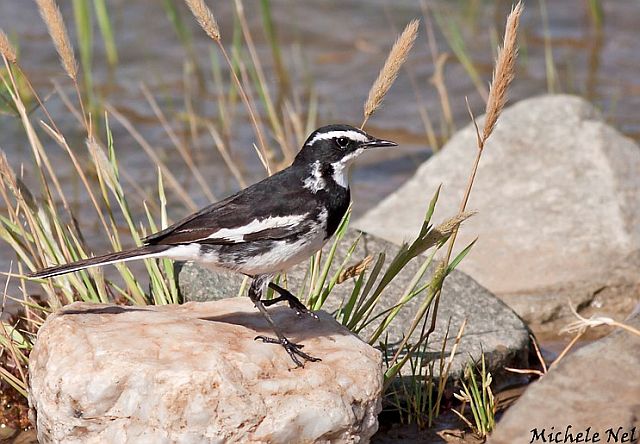 © Michele Nel
© Michele Nel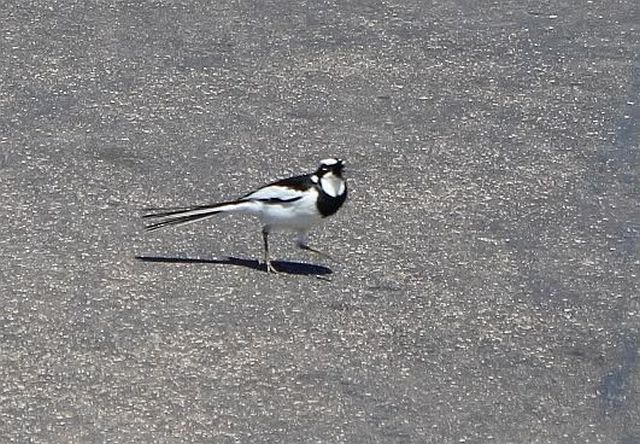 © Amoli
© Amoli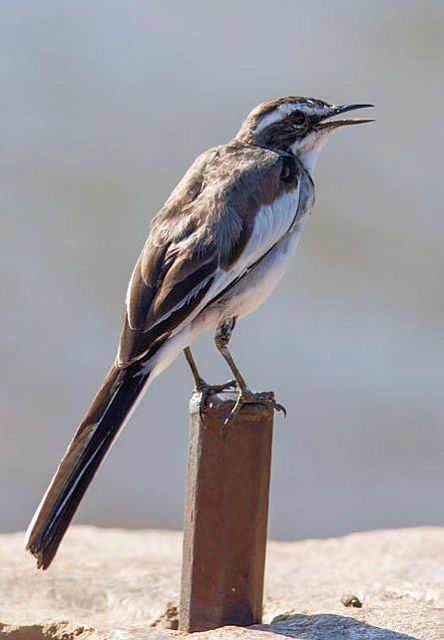 © Pumbaa
© Pumbaa
 © Flutterby
© Flutterby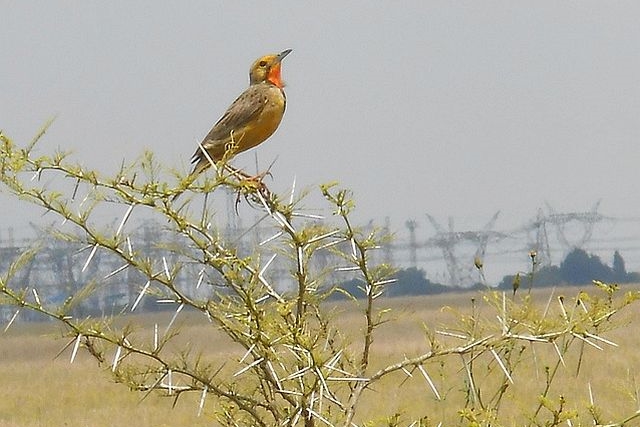 © Joan
© Joan © nan
© nan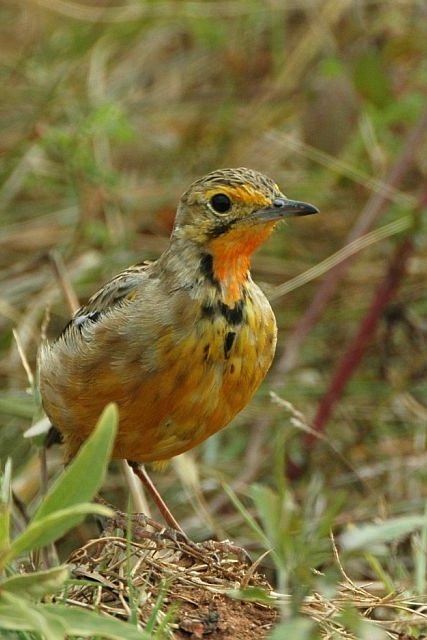 © Penga Ndlovu
© Penga Ndlovu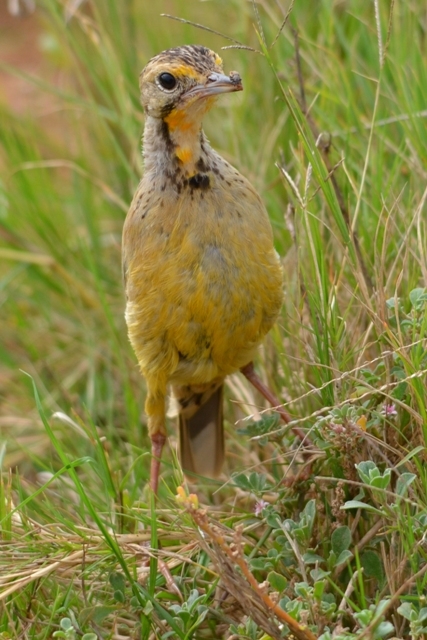 © Mel
© Mel 
 © Pumbaa
© Pumbaa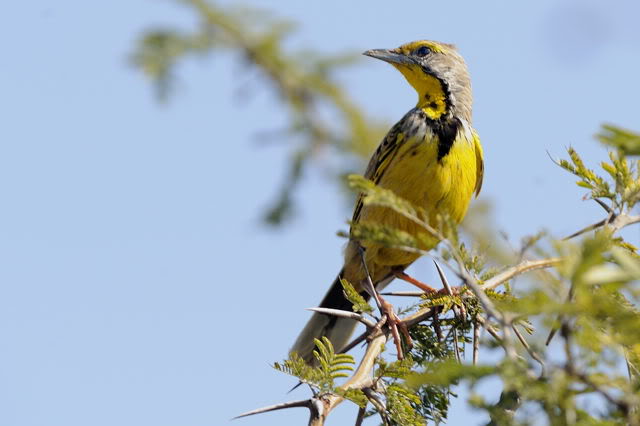 © Dewi
© Dewi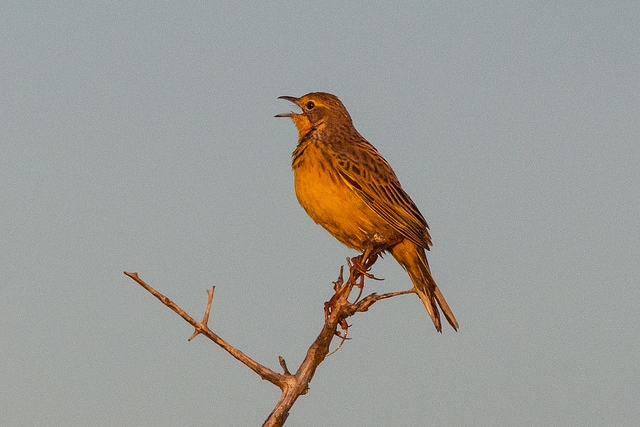 © Joan
© Joan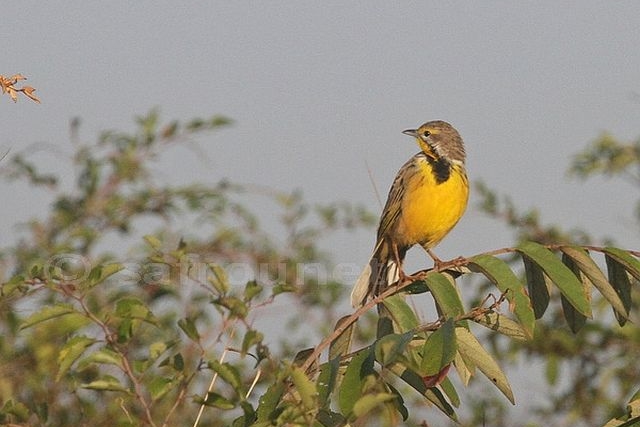 © nan
© nan © leachy
© leachy
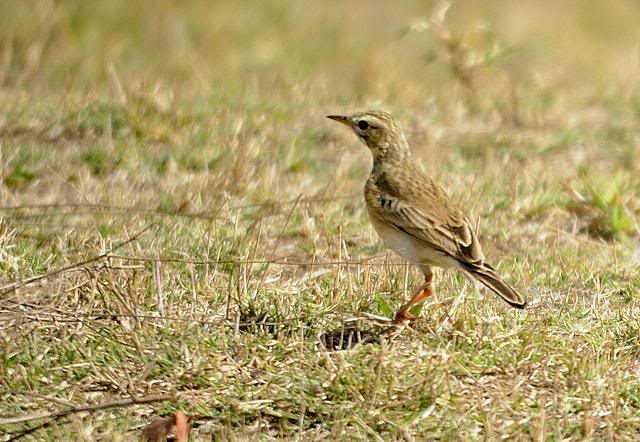 © Dewi
© Dewi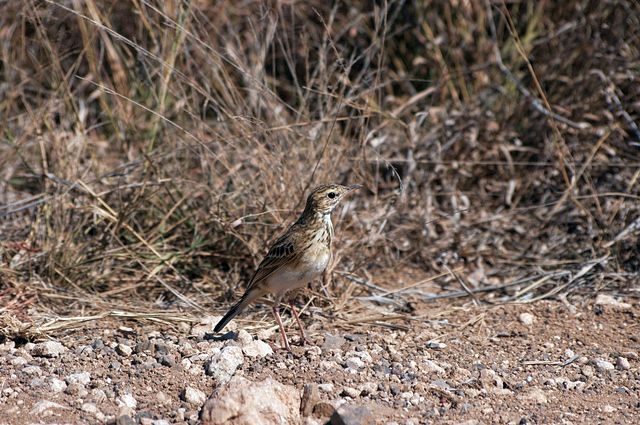 © steamtrainfan
© steamtrainfan © LBUS
© LBUS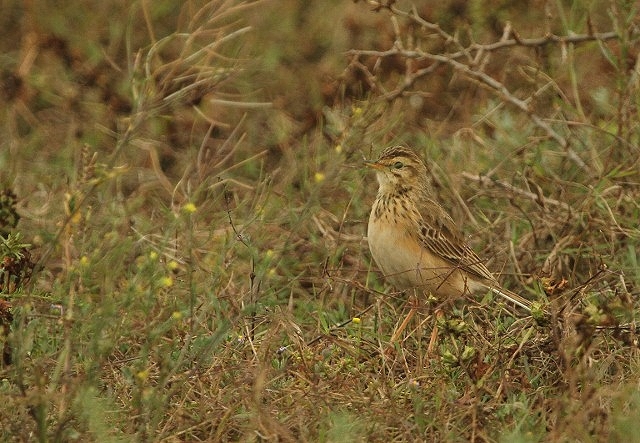 © nan
© nan © Flutterby
© Flutterby